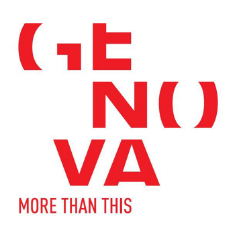Click here to view image
Spool-shaped pharmacy jar
Montague Yeats Brown 1893 - donazione
manifattura di Albisola
Spool-shaped pharmacy jar
vase
M.V.1567
maiolica
A spool-shaped albarello with slightly rounded ends and a cylindrical middle section. The monochrome blue decoration, as with other vases from the Pescio workshop, includes plant and animal motifs. Among the latter is a horse, which is not usually found in this Chinese-inspired repertoire.




